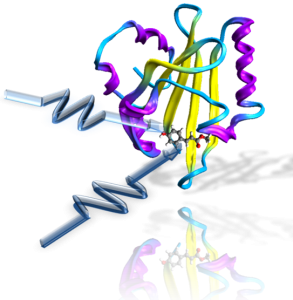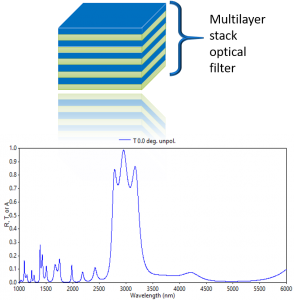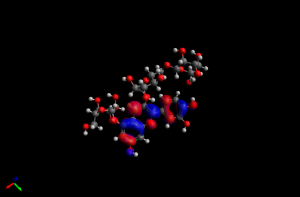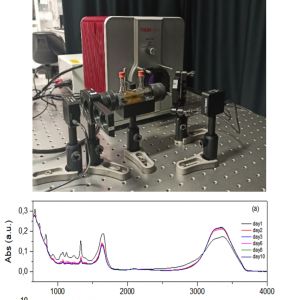What we do
Our research on light and material interaction

Light and color have an influence to our daily lives. We perceive color when different wavelengths of light are interfered by the object which we look at. We are fascinated by the richness of the full electromagnetic spectrum in which we can harness the different frequencies and energies of light to study a wide variety of optical phenomena. With a group of interdisciplinary researchers, we aim to perform spectroscopic studies on materials, gas molecules, pigments and to design and develop optical-based applications.
Functional materials development

We develop and synthesize responsive materials (temperature, pH, moisture, gases etc.) that can used for sensing application. The research includes responsive polymer synthesis, functionalization of polymers, characterization, fabrication of electrodes for electronic sensing, and sensor characterization.
Functional optical coatings

We aim to develop both optical and colorimetric sensors that can be utilized for specific applications. These include the design, simulation and fabrication of optical components, optical coatings that operate in the wavelength range between visible up to mid-infrared.
Molecular simulation

Gas molecules, volatile components, and pigments have intrinsic excited state energies and their vibrational energies. We use density functional theory and time-dependent density functional theory methods to simulate and model the vibrational modes, solvation effect, and vertical excitation energies of the molecules. With modelling and simulation, a plethora of information can be obtained and will be used to support our understanding on spectroscopic data.
Spectroscopic studies

By performing spectroscopic studies on the materials, we gain in-depth knowledge on the intrinsic properties of the materials like their oscillator strength, transmission, and their vibrational modes. Concentration, kinetic, and spectral shifts are some of the studies conducted within the group to explain the optical phenomena we observe. The information obtained tells us about the properties of the materials and thus, support the development of material for an application.